Vaio SX14 review: A shadow of its former self
One of the most beloved laptop families makes its comeback, but trips at the first hurdle
Seeing the once-beloved Vaio brand back on our desk is a gratifying hit of nostalgia, but it’s not the showstopper it once was. A high price and disappointing screen and battery life leave it lacking against higher-quality rivals.
-
+
Basically every port you'll ever need; Good performance; It's nice to see the Vaio brand back again
-
-
Disappointing battery life; Underwhelming display; Build quality leaves something to be desired; Expensive

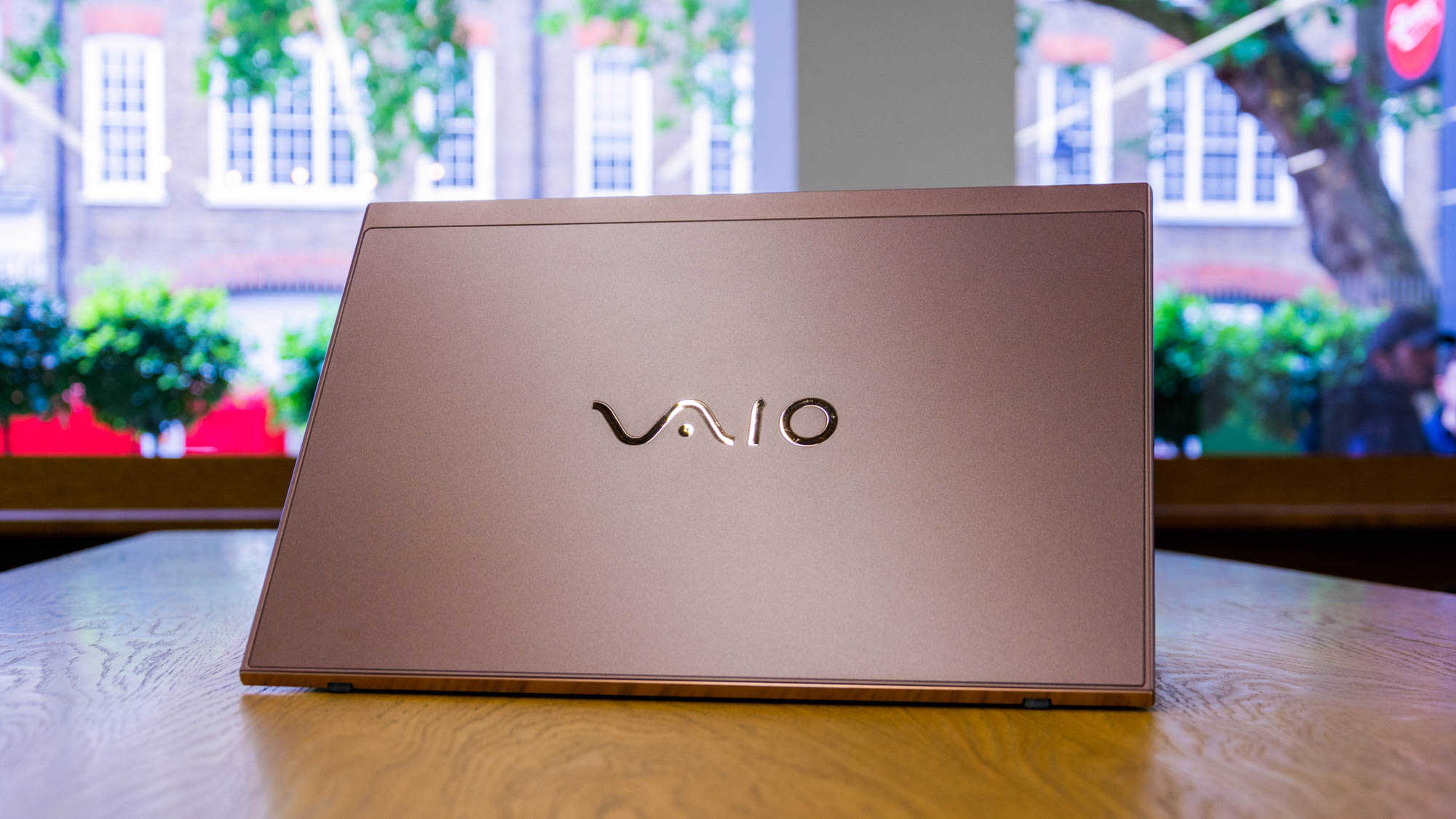
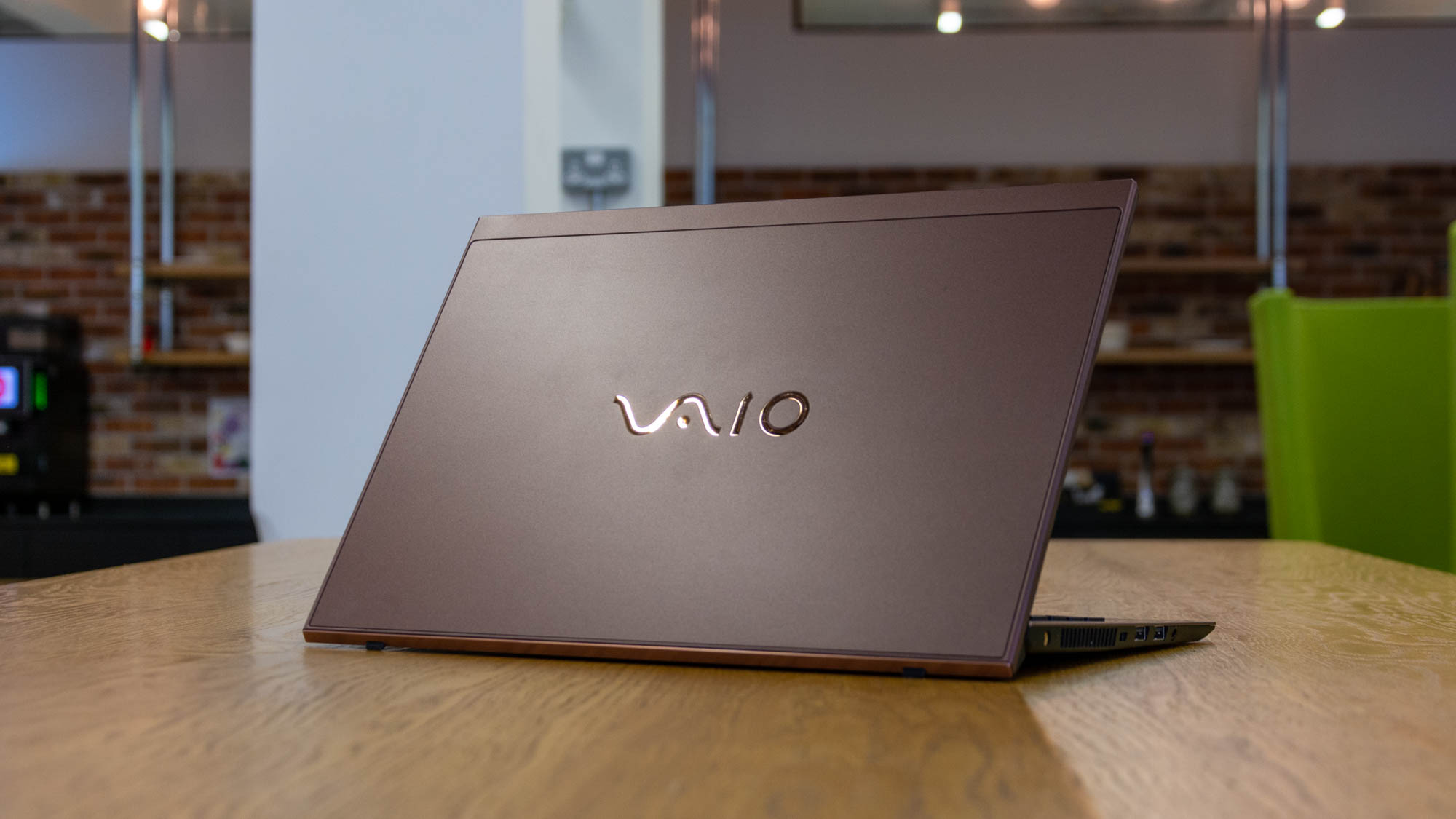
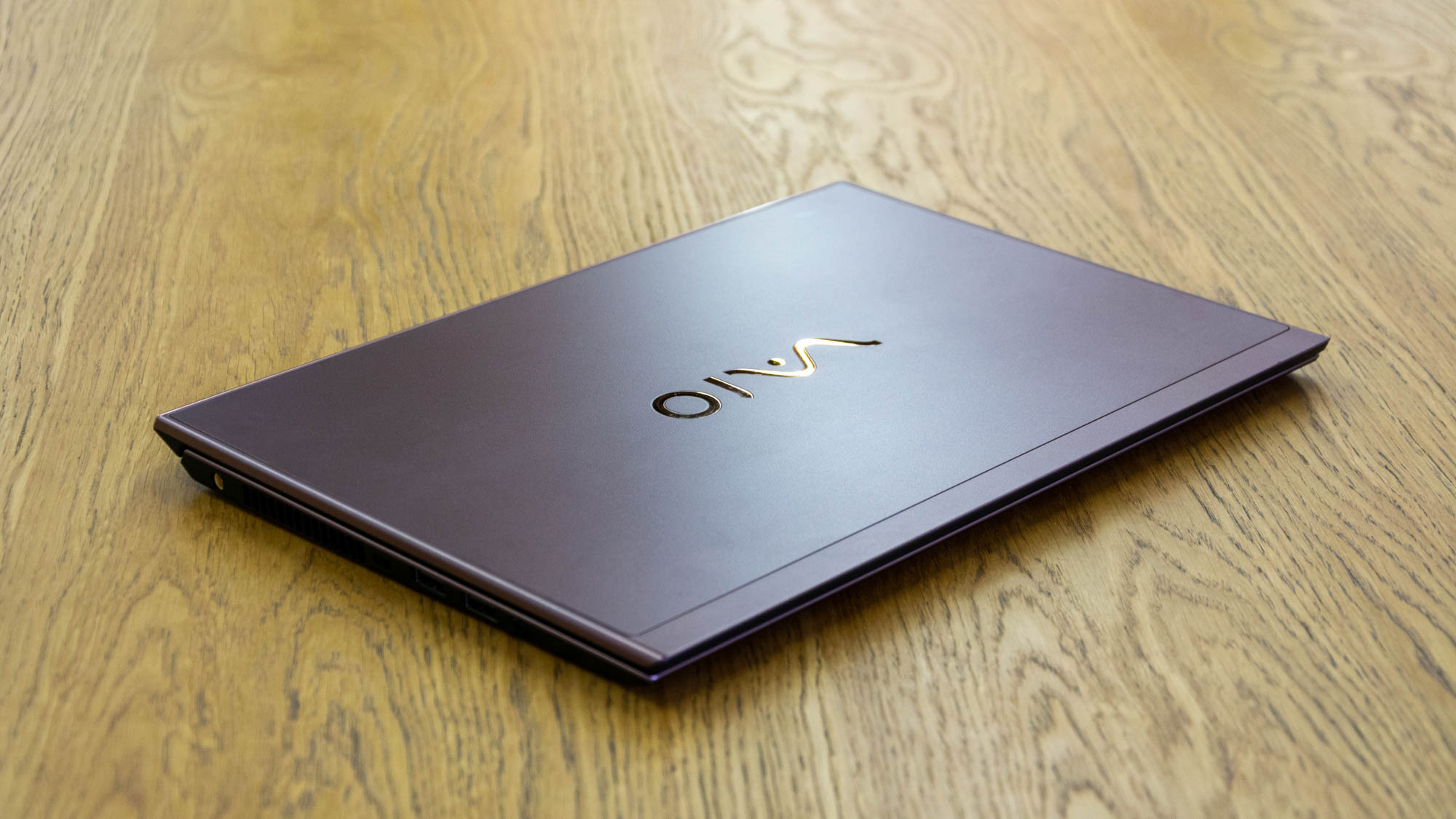
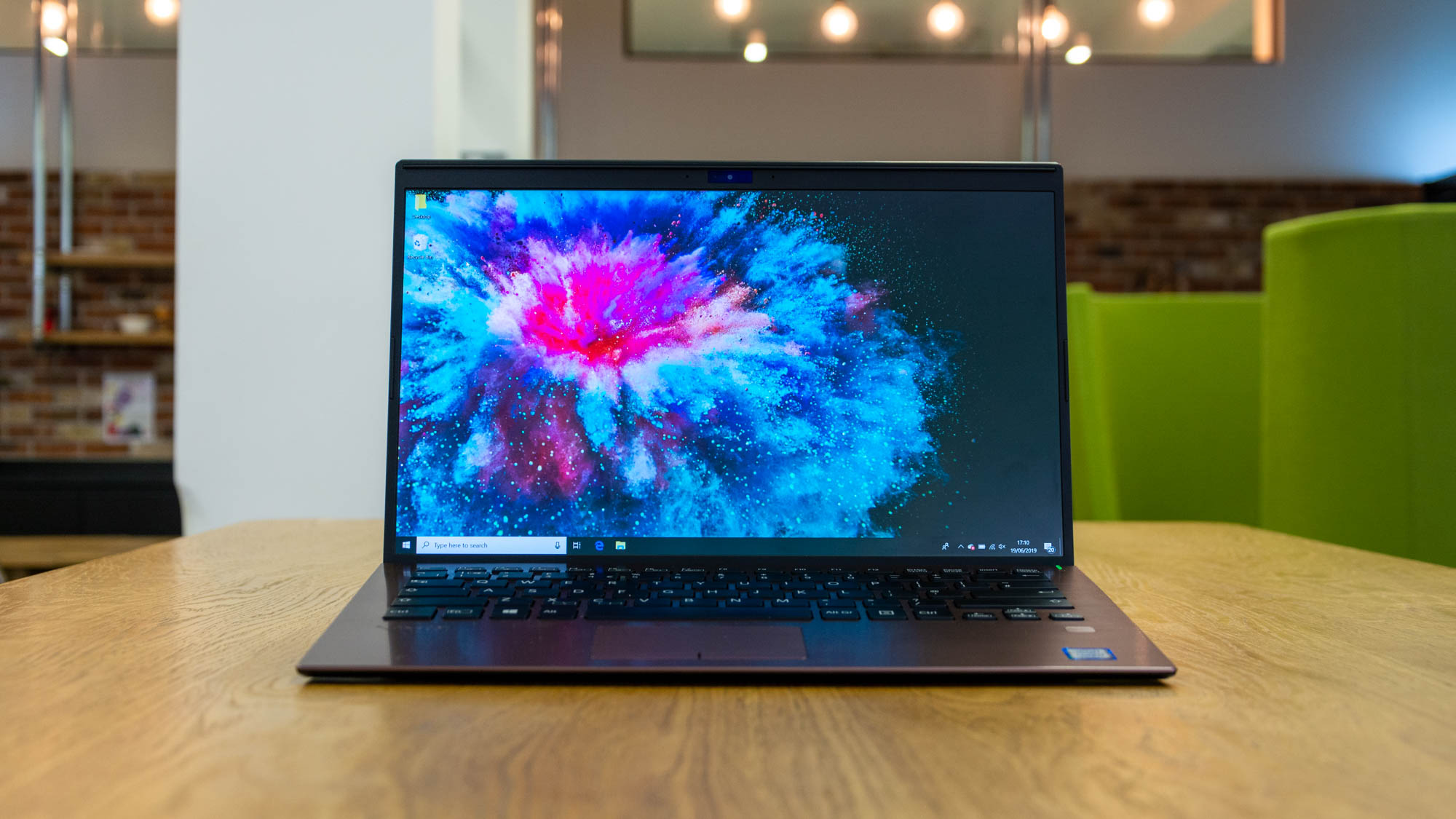
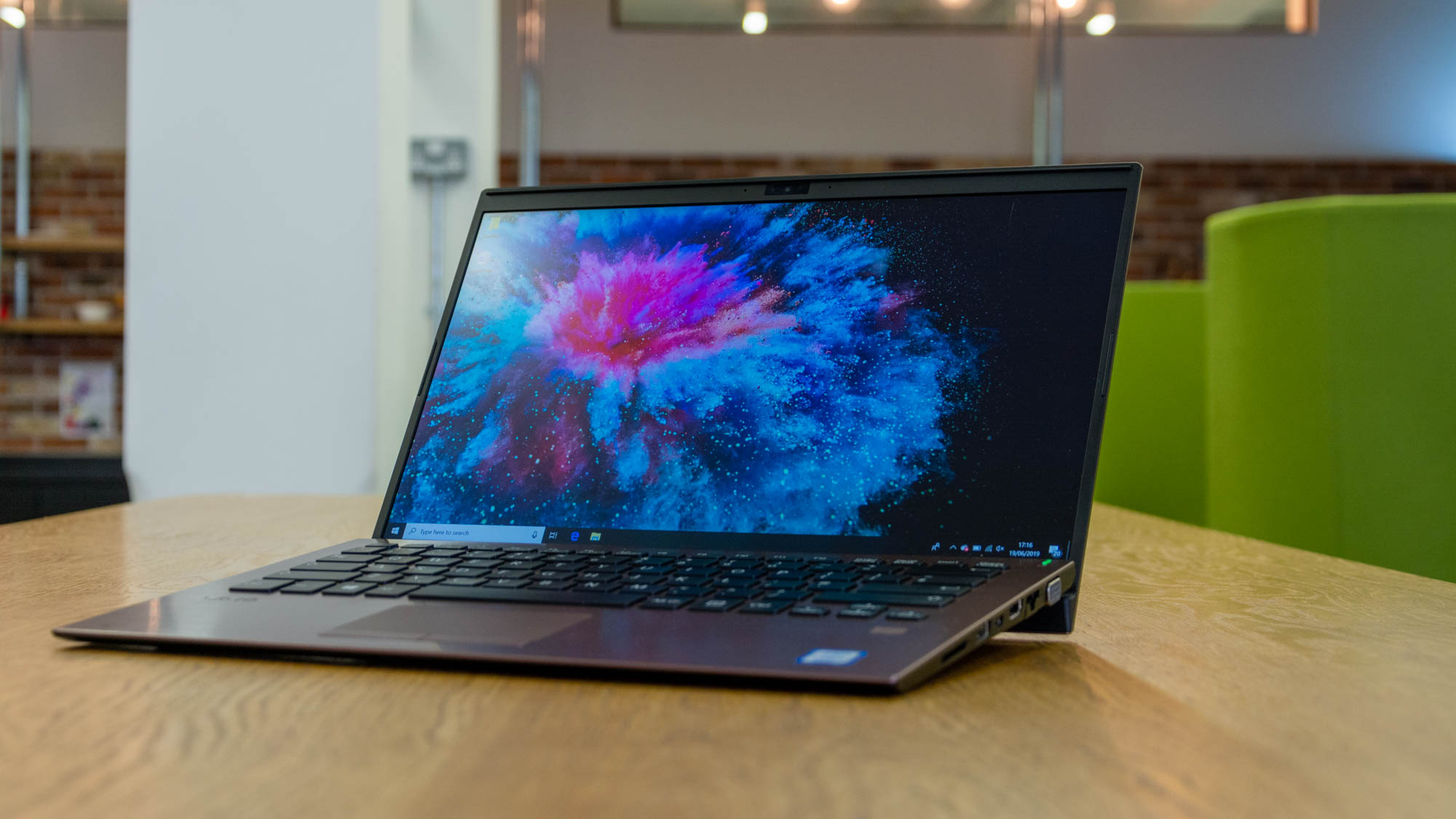
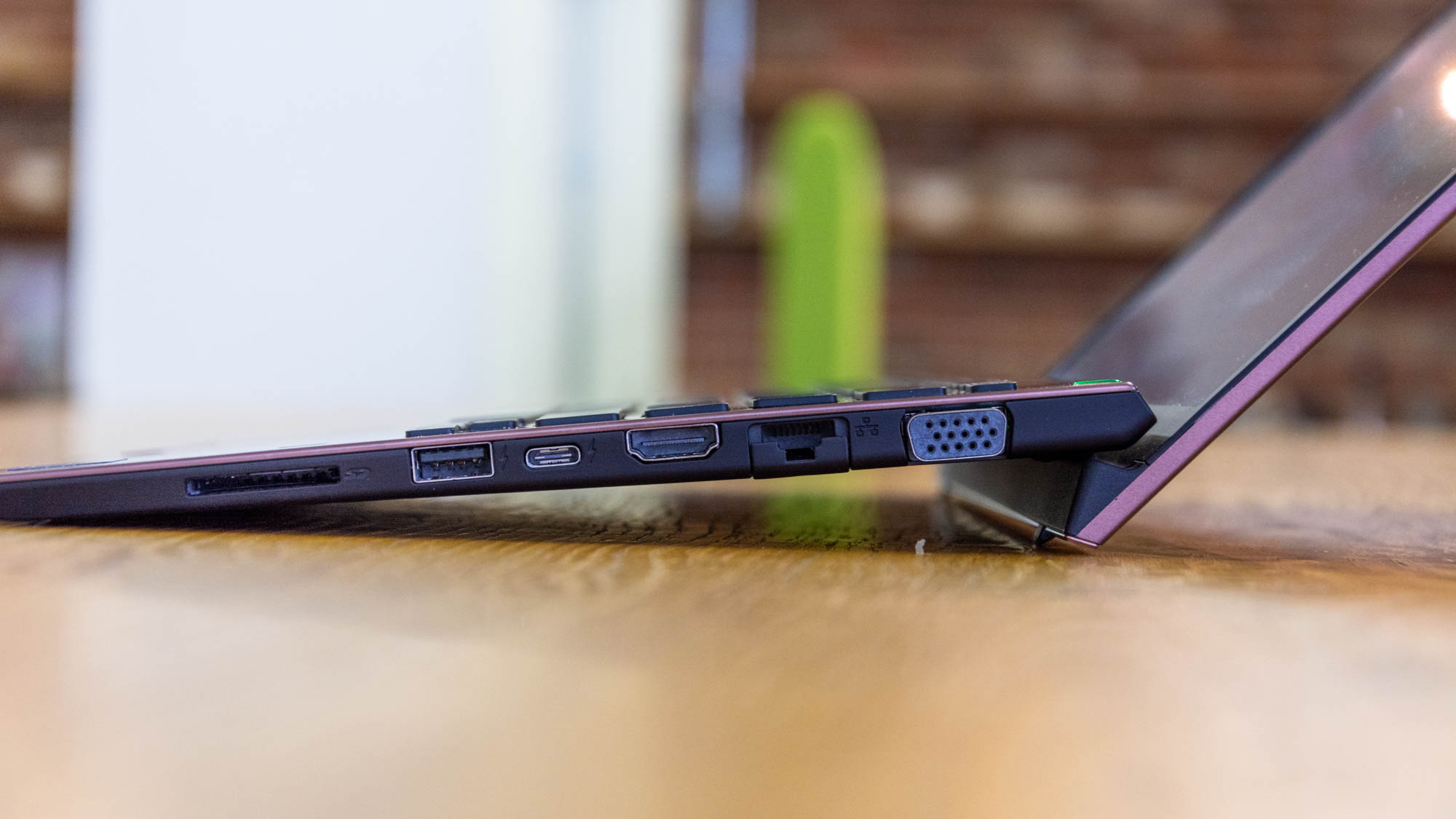
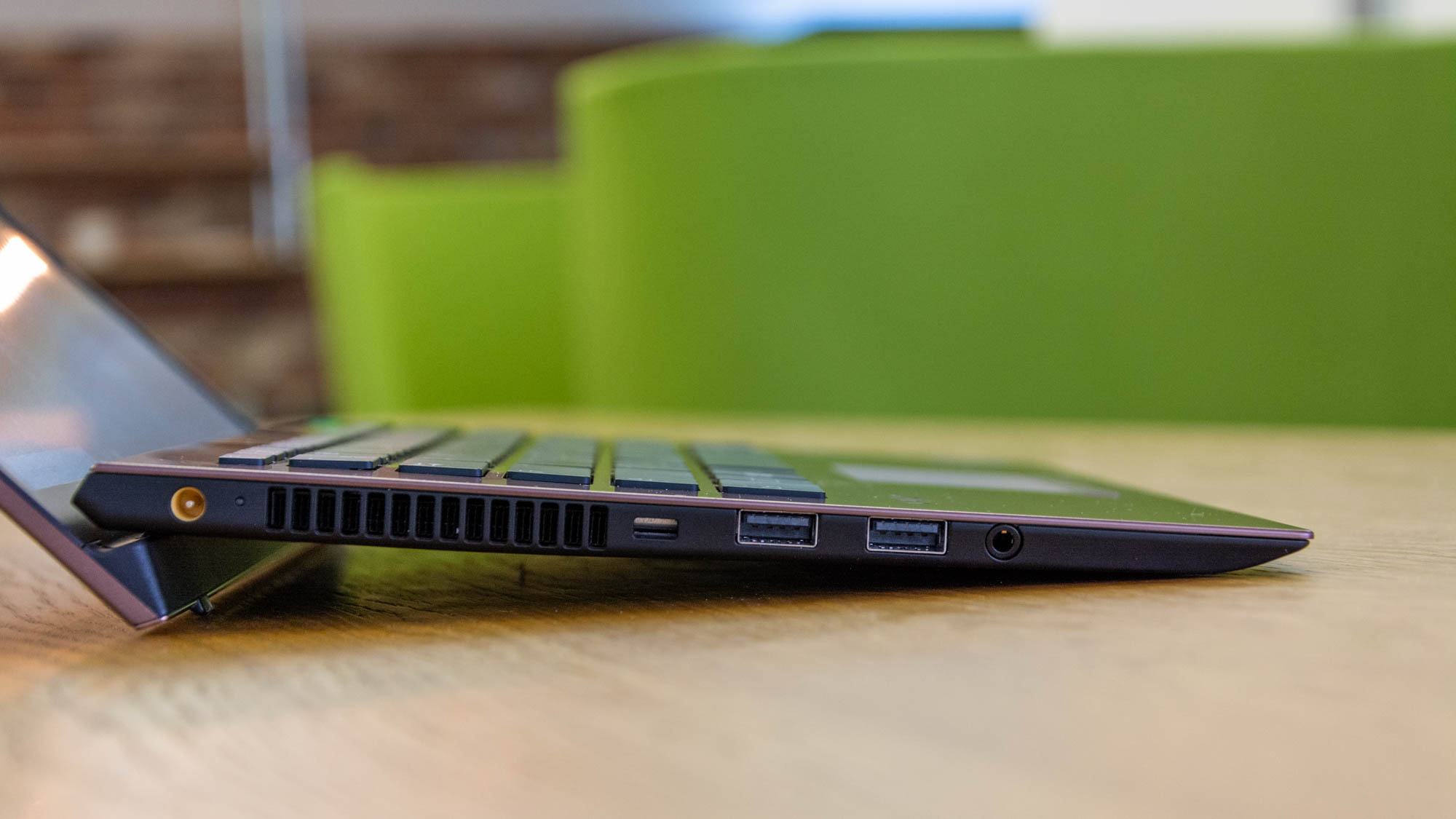
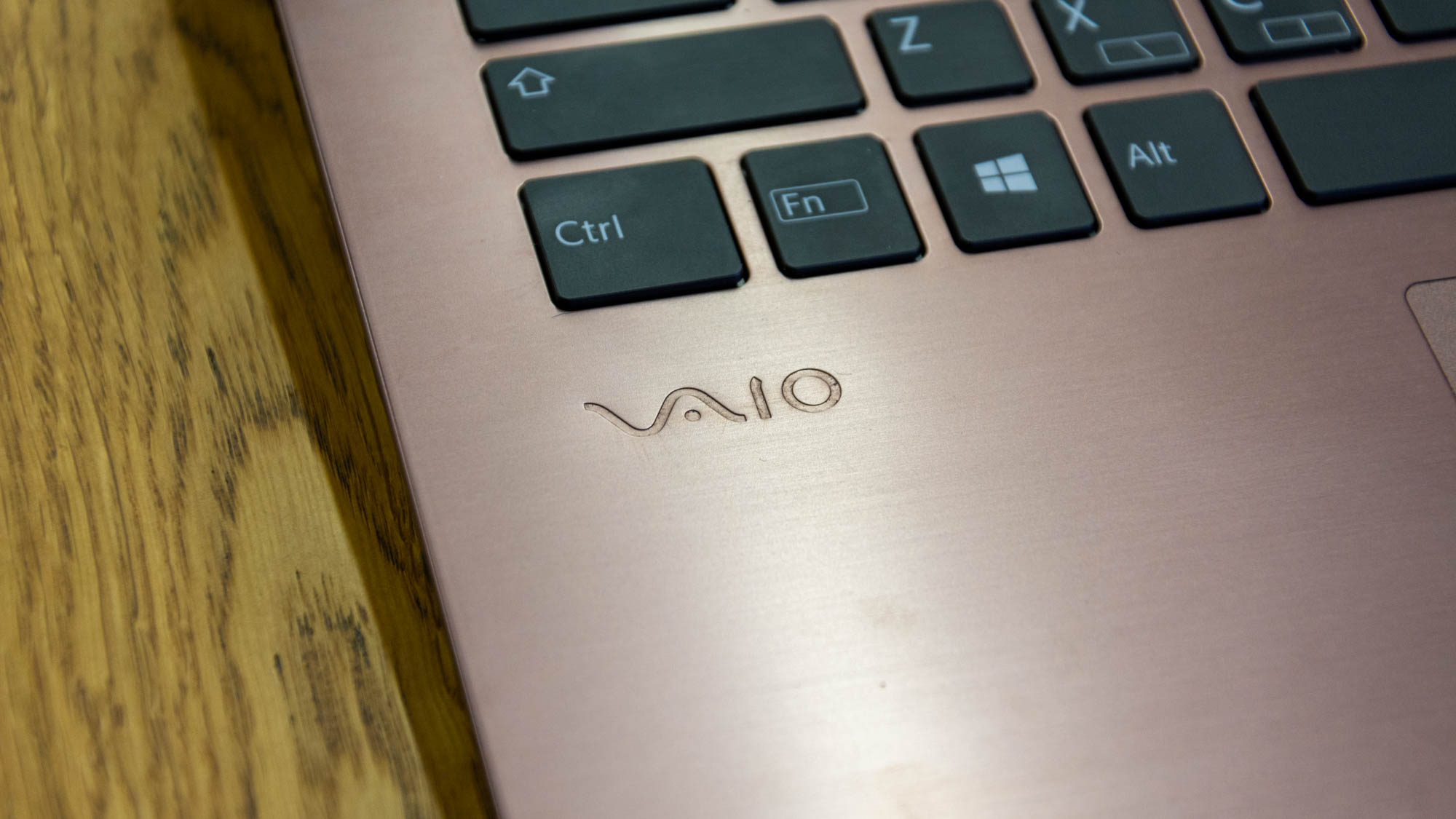
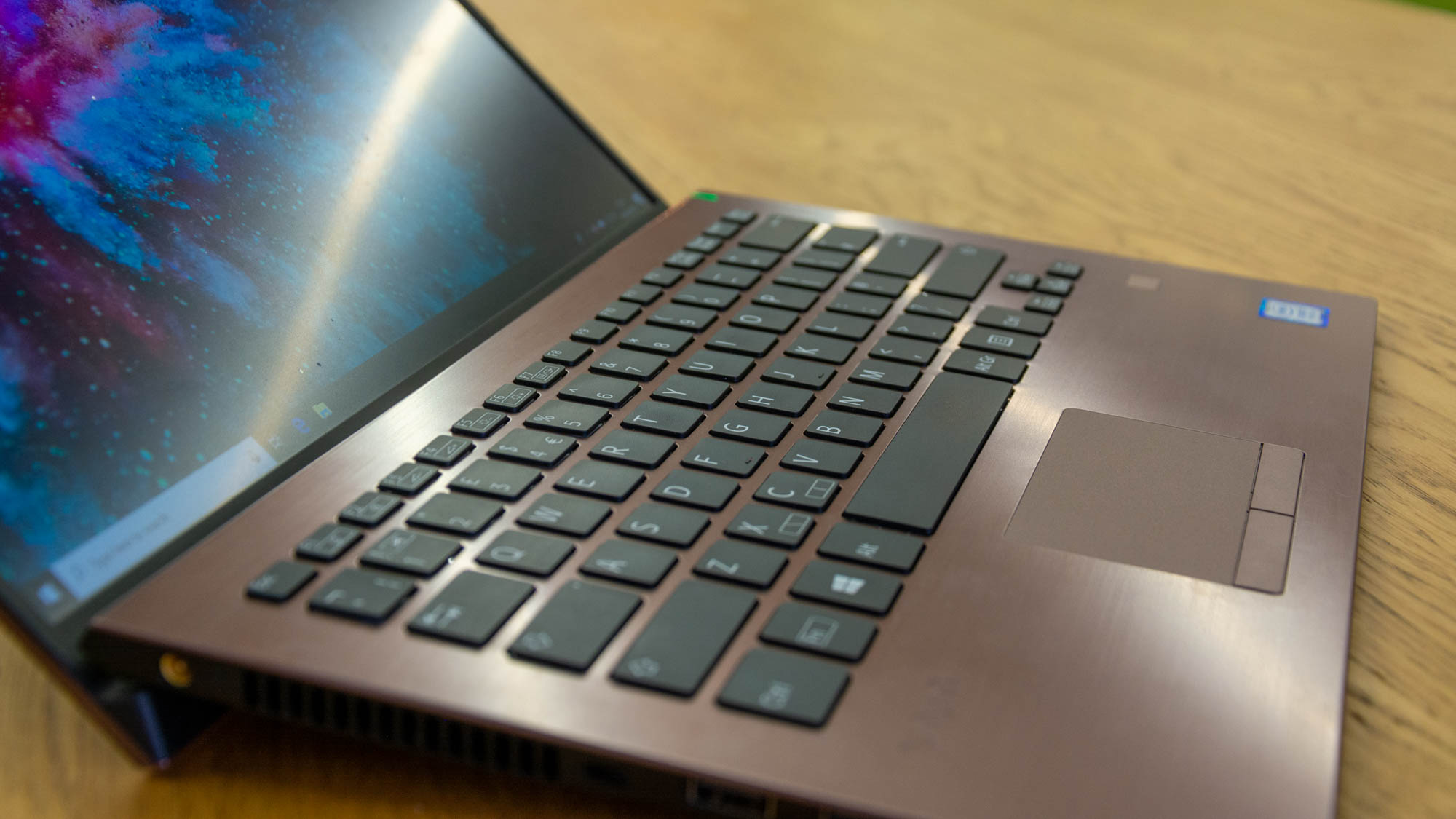
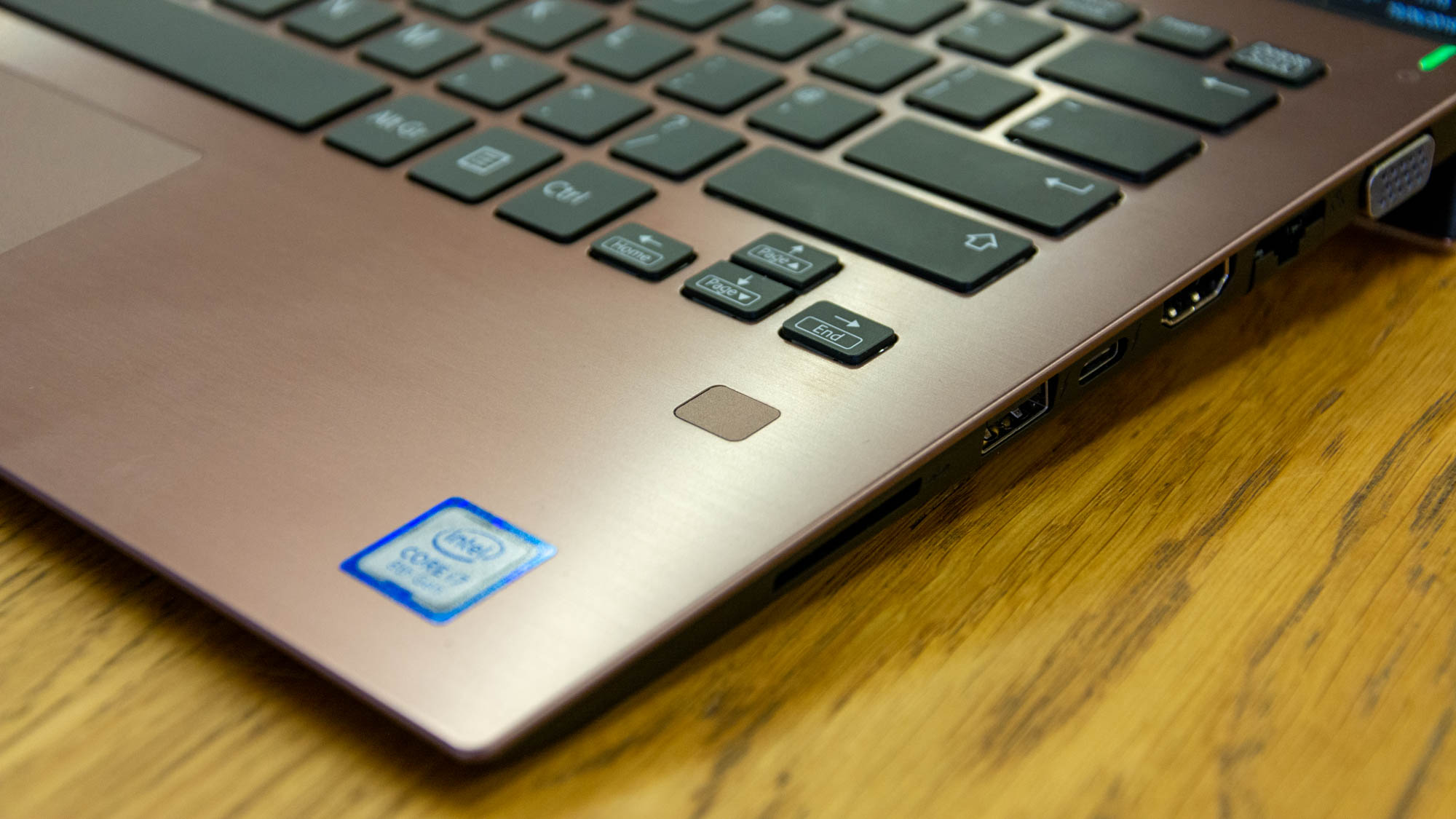
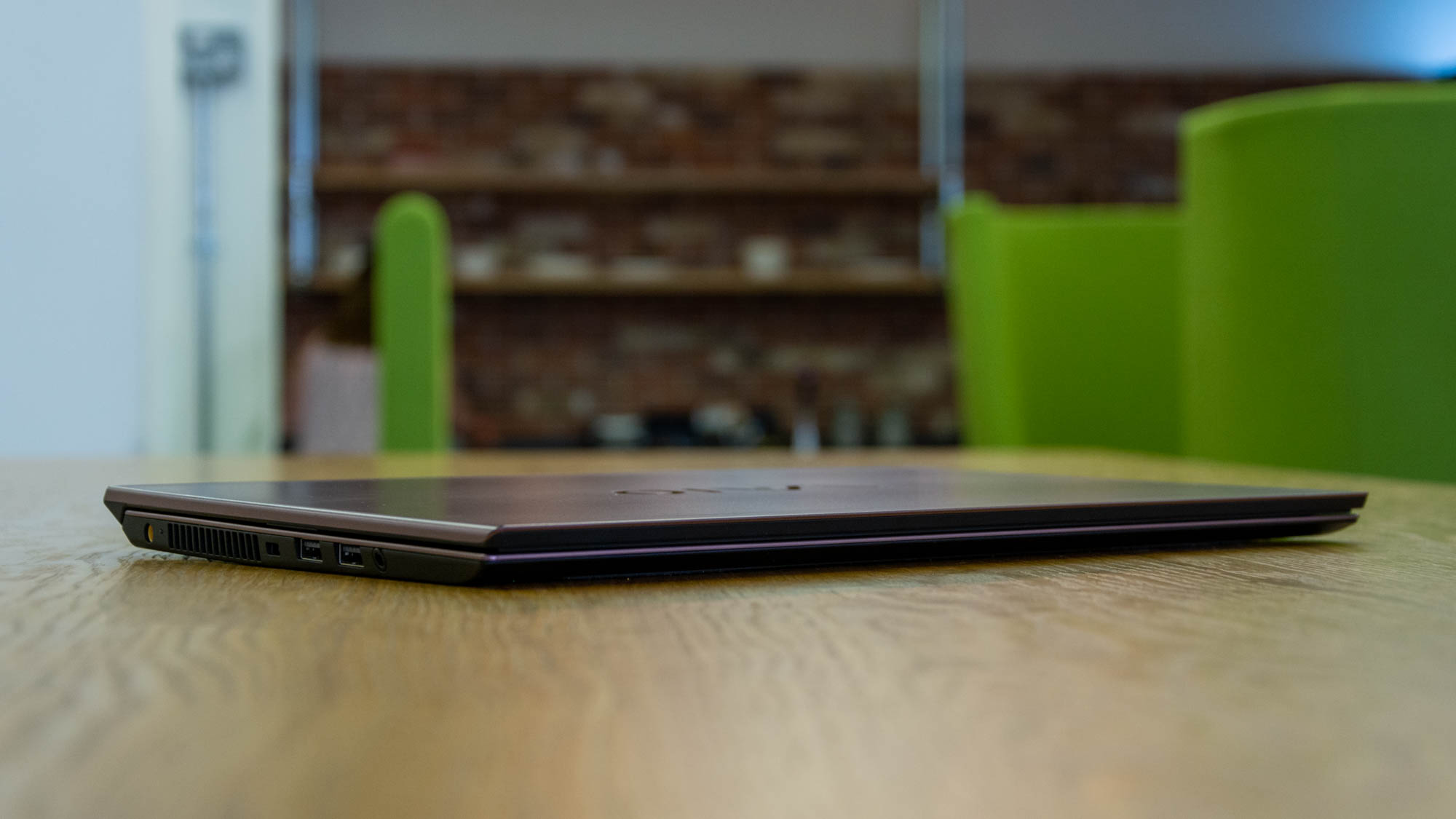
You'd be hard pressed to find a member of the IT community that isn't familiar with the Vaio family. For at least five years, the Sony Vaio family was a watchword in quality, reliability and performance - until it wasn't.
There was no fall from grace, no scandal that tainted the Vaio brand; Sony simply decided it wasn't commercially viable enough, and then Vaio devices slowly disappeared from the shelves. As is so often the case though, that's not the full story. It turns out that after Sony shelved the Vaio brand, the engineers and product managers responsible for it within Sony purchased the brand rights and established it as an independent company separate to the Sony conglomerate. You might recall that Nokia took a similar tactic not too long ago.
Believe it or not, Vaio actually separated from Sony several years ago; in Asian markets, Vaio has been producing its own laptops as a separate entity for a number of years. Now, the company has decided to re-enter the European market, and it's choosing to do so with a range of business-focused devices that aim to recapture the old Vaio magic.
Vaio SX14 review: Design
The Vaio's design is undeniably attractive; it blends minimalist professionalism with enough flair to stop it being simply another metal slab. This is particularly evident in the number of colour options on offer, which include not only the traditional black and silver, but also bronze and red, offering a pleasant change from the usual fare, while still maintaining a level of sophistication.
Despite the brushed-aluminium effect that's used on the laptop's lid, chassis and keyboard surround, however, the laptop does not feel as rigid as competitors like the XPS 13 or MacBook Pro. The main bulk of the laptop is constructed from plastic, and although the company claims that it uses 'strategic reinforcing rib placements' to strengthen the construction, the device still felt a touch too flimsy and flexible for our liking, especially when pitted against Dell and Apple's rivals.

That said, this laptop is extremely portable. It's pulled off the Dell trick of packing a 14in screen into what should technically be a 13in body thanks to incredibly thin screen bezels, but the fact that it's still just 1kg means it's still one of the more portable laptops of its size around. True, it's a touch thicker at 17.7mm wide, but that's usually less of an issue than weight when it comes to portability.
Another upside of the construction is that, like all good enterprise laptops, the SX14 is fully accessible. The internal components can be accessed with the removal of a couple of screws, meaning IT departments don't need to send their devices offsite for repairs or upgrades.
Vaio SX14 review: Display
The Vaio carries a 14in IPS display with an anti-reflective matte coating on it, available with either a 1080p or 4K resolution. As usual, we'd recommend avoiding the 4K option; it'll suck up a huge amount of battery power for not much benefit, and adds unnecessarily to the price. Instead, opt for the 1080p model (which is what we've got on test here) and put the extra cash towards an external monitor if display quality is that important to you.
That's definitely going to be necessary for any graphics professionals. According to our tests, the screen covers just 86% of the sRGB colour gamut which, while not terrible, isn't up to the standards of other professional laptops in this price bracket and isn't really good enough for professional editing.
Reds and yellows, in particular, are rather oversaturated, and a maximum brightness of just 279cd/m2 means that you might struggle to make out the screen in particularly brightly-lit environments - although the average office or home shouldn't present a problem.

In practice, we found the screen to be perfectly adequate for office-based tasks outside of colour-accurate work; a contrast ratio of 1,327:1 means that text is clearly legible even at small sizes and thanks to the thin bezels, there's heaps of working room, so nothing feels overly cramped. The matte screen is nice too, with less of the muted colours that typically accompany similar screen treatments.
Vaio SX14 review: Keyboard and trackpad
The keyboard is fine as these things go; it's nothing special, and indeed is very reminiscent of the white-labelled keyboards used by manufacturers like Acer. As such, the keys are a little spongy and lack the firm defined feedback that marks a really satisfying keyboard. The travel time of the keys is also a little shorter than we would like. It is backlit, but that's more of a requirement than an added extra at this point.
The trackpad is also a disappointment. It's much too small, for starters, measuring just [DIMENSIONS]. There are acres of dead space that could have been used to expand the touchpad, and it feels distinctly cramped, particularly if you're using it with an external monitor as well. However, it does feature physical left and right mouse buttons in addition to capacitive ones, if that's your preference.
Vaio SX14 review: Performance
Performance is as good as you'd expect from a current-gen laptop running a top-end Intel Core i7-8565U processor with 16GB of RAM; an overall score of 97 in our benchmark tests puts it just ahead of the Dell XPS 13, and is almost 25% better than Microsoft's Surface Book 2.
That's partly due to cooling; rather than going for a fanless design in order to achieve a slimmer build, the Vaio has large fans and air vents to ensure that the components can perform at their optimal level. Sadly, those components don't include a dedicated GPU, which is another limit to its usefulness as a design tool.

Otherwise, the Vaio is capable of merrily chewing through just about any day-to-day business task; short of processing seriously large databases or working with chunky media files, there's not much that will cause major issues.
Vaio SX14 review: Battery life
Sadly, with a battery life of just 6hrs 3mins, the Vaio falls short of what we'd consider acceptable, and won't make it through a full workday without either a quick top-up, or extremely judicious power management. That's on the 1080p version too; the 4K model only managed to last a paltry three and a half hours - effectively making it useless as a business device.
This is disappointing; usually when battery life is as lacklustre as this, it's compensated for by increased performance. In this case, there's no such luck. The sole consolation is the fact that the power brick is small enough that carrying it around isn't an issue. You can also charge it via the USB-C port if necessary.
Vaio SX14 review: Ports and features
Where the Vaio's business credentials really shine through is in its allocation of ports. These days, most business laptops make do with a couple of USB Type-C ports, possibly a full-sized USB Type-A port and one for HDMI if you're really lucky. The Vaio, by contrast, has a total of three full-sized USB ports (two USB 3.0 and one USB 3.1), a USB-C port supporting power and display, and a full-sized HDMI port. Not only that, but there's also full-sized SD card reader, a 1000BASE-T Ethernet port, and even a VGA input. Short of an old-school serial or PS2 port, we're struggling to think of a connection type this laptop doesn't support.
Some of these connections might sound archaic (particularly the VGA port) but we'd much rather have ports and not need them than vice versa. It also removes the need for dongles and adapters, which is one less source of hassle and expense.

Another business-friendly feature is the fingerprint reader built into the keyboard surround. This works with Windows Hello to enable biometric login, but sadly it doesn't work particularly well. It consistently required multiple attempts before the sensor recognised our digit, and sometimes it didn't recognise it at all, forcing us to sign in with our PIN or password.
The Vaio also includes 4G LTE support, allowing you to insert a SIM card for mobile wireless connectivity. It's a handy addition, although one that won't necessarily be useful for every organisation. What's more useful is the two-year pick up and return warranty that EU Vaio models come with.
Vaio SX14 review: Verdict
It's undeniably gratifying to see the venerable and much-beloved Vaio brand return to the Western market, and although this isn't a perfect piece of hardware, it has an awful lot going for it.
There's one big problem that we haven't mentioned though, and that's the price. The configuration we were sent for review - a bronze chassis with a 1080p display, 16GB of RAM, a Core i7 processor and 512GB of storage space - costs more than 2,000 including taxes. For context, that's over 500 more expensive than a comparably-outfitted Dell XPS 13, and just a few hundred pounds cheaper than a MacBook Pro. Both of those devices offer a better-quality display, more impressive performance and much better battery life.
The Vaio bills itself as an enterprise-ready device, and there's some features here that enterprise IT departments will love; the accessible components, generous warranty and wealth of ports, in particular. Users, however, will be less enthused. It's nice to see Vaio back in the UK but, with this high an asking price, the SX14 simply has too many shortcomings to recommend over its rivals.
Verdict
Seeing the once-beloved Vaio brand back on our desk is a gratifying hit of nostalgia, but it’s not the showstopper it once was. A high price and disappointing screen and battery life leave it lacking against higher-quality rivals.
| Processor | Intel Core i7-8565U, quad-core,1.8GHz, 8th-Gen |
| RAM | 16GB RAM |
| Additional memory slots | 0 |
| Max. memory | 16GB |
| Screen size | 14in |
| Screen resolution | 1920 x 1080 |
| Pixel density | 314.7 |
| Screen type | LCD IPS |
| Touchscreen | No |
| Pointing devices | Touchpad |
| Graphics adapter | Intel UHD 620 Graphics |
| Graphics outputs | USB 3.1 Type-C (DisplayPort),HDMI, VGA |
| Graphics memory | 1GB |
| Storage | 512GB PCIe SSD |
| Optical drive | No |
| Memory card slot | Yes, SD card reader |
| USB ports | USB 3.1 Type-C (DisplayPort),USB 3.1 Type-A, USB 3.0Type-A x 2 |
| Other ports | SD card reader, HDMI, RJ45Ethernet, VGA, 3.5mm audiojack, DC, Lock Slot, DC-in power |
| Web Cam | HD, 1MP |
| Speakers | Dual speakers |
| 3.5mm headphone jack | Yes, headphone & mic combo |
| Wi-Fi | 802.11a/b/g/n/ac |
| Bluetooth | Bluetooth 4.1 |
| NFC | No |
| Dimensions (WDH) | 320.4 x 222.7 x 17.9 mm |
| Weight | 999g |
| Operating system | Windows 10 Pro 64-bit |
| Operating system restore option | Windows restore partition |
| Battery size | 35mWh (design) 38mWh (actualcapacity on full charge) |
Get the ITPro daily newsletter
Sign up today and you will receive a free copy of our Future Focus 2025 report - the leading guidance on AI, cybersecurity and other IT challenges as per 700+ senior executives
Adam Shepherd has been a technology journalist since 2015, covering everything from cloud storage and security, to smartphones and servers. Over the course of his career, he’s seen the spread of 5G, the growing ubiquity of wireless devices, and the start of the connected revolution. He’s also been to more trade shows and technology conferences than he cares to count.
Adam is an avid follower of the latest hardware innovations, and he is never happier than when tinkering with complex network configurations, or exploring a new Linux distro. He was also previously a co-host on the ITPro Podcast, where he was often found ranting about his love of strange gadgets, his disdain for Windows Mobile, and everything in between.
You can find Adam tweeting about enterprise technology (or more often bad jokes) @AdamShepherUK.
-
 Nvidia braces for a $5.5 billion hit as tariffs reach the semiconductor industry
Nvidia braces for a $5.5 billion hit as tariffs reach the semiconductor industryNews The chipmaker says its H20 chips need a special license as its share price plummets
By Bobby Hellard Published
-
 Business leaders are having a crisis of confidence over data literacy
Business leaders are having a crisis of confidence over data literacyNews A Salesforce survey reveals business leaders don't trust their data, or their ability to make the most of it
By Emma Woollacott Published
-
 MITRE CVE program handed last minute reprieve amid funding lapse concerns
MITRE CVE program handed last minute reprieve amid funding lapse concernsNews The MITRE Corporation's Common Vulnerabilities and Exposures (CVEs) database has been handed a last minute reprieve amid concerns over funding.
By Rory Bathgate Last updated